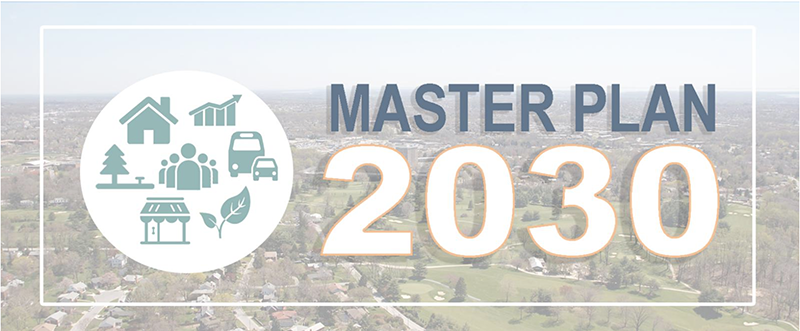
An “aspirational” plan to guide growth in Baltimore County through the next decade and beyond has some members of the commercial real estate industry asking county officials to provide greater clarity about regulations and more robust tools to support development efforts.
After two years of consultations, research and drafting, members of the Baltimore County Planning Board adopted Master Plan 2030 at the end of June. The plan aims to encourage development in target areas that historically have experienced below-average levels of investment, such as the Liberty Road corridor through Randallstown and Milford Mill, Reisterstown Road inside the Beltway and stretches of Catonsville and Essex.
At the same time, the plan aims to protect long-established residential communities from new development and urges the creation of up-to-date, small area plans in which communities could identify their own development objectives.
While debating the master plan, the Board approved multiple amendments which were supported by the CRE industry and could facilitate higher density development within the county. Those include rewording the plan to support development in target areas but not obstruct development elsewhere, and acknowledging that building types and usages on currently developed sites could change over time. The Board also recommended the county reexamine the Urban-Rural Demarcation Line (URDL) at some point in the future (a measure that could open up new areas to development).
The master plan, which must be adopted by the Baltimore County Council before going into effect, has left some CRE professionals raising questions and concerns.
“Targeting specific areas for growth and development isn’t a simple thing,” said Tom Pilon, Executive Vice President of Development at St. John Properties and Chair of the NAIOP-MD Legislative Committee.
Such development often involves replacing existing structures with different types of real estate, which can spur community opposition. Also, under-developed areas often lack adequate infrastructure to support new, higher density projects “so the county needs to have tools in place to support development, such as a robust capital project program for that area or supportive programs for companies that are putting improvements in place,” Pilon said.
In a letter to the Planning Board this spring, NAIOP Maryland wrote that the master plan “must present a renewed strategic approach to future growth that recognizes that the county is reaching build-out under its current framework … The plan must provide more conviction and explicit policy support for increasing density inside the URDL.”

Baltimore County’s new master plan aims to encourage growth in areas (shown in red) that have experienced under-investment.
That county support would include detailed analysis of potential redevelopment sites and their ability to meet projected growth needs in the county. According to the NAIOP-MD letter, “The county’s current modeling shows 60% of projected future residential development capacity is located on parcels that are already developed. The range of estimated capacity is wide — between 10,868 and 29,188 units.”
Necessary tools to support future development would also include new language and processes to assess and permit mixed-use developments, Pilon said. “It’s hard to craft language in the zoning code that really allows for a good mixed-use plan and, in Baltimore County, they don’t even have that tool in their bucket right now.”
Mixed-use developments, he said, can be assessed through the Planned Unit Development (PUD) process, but PUD regulations don’t explicitly define requirements for mixed-use.
The NAIOP-MD letter states the master plan’s heightened emphasis on small area plans could also complicate the way that Baltimore County addresses development proposals.
“The plan sets the stage for small area plans to further refine recommendations and implementation [of the master plan]. Without performance objectives, small area planning efforts can become exclusionary and parochial. The Planning Board should take steps to ensure small area planning efforts recognize the comprehensive nature of the planning process, the need to accommodate future growth within the URDL and Baltimore County’s traditional leading roles as a housing and employment center.”
Finally, Baltimore County’s decision to make the master plan a “living document” could present developers with a logistical challenge.
“The plan is not a published book. It exists completely online and not as a single PDF. You have to click around to different sites to read parts of it,” Pilon said.
In addition, some components of the master plan are subject to ongoing change. That situation, he said, is making some developers and land-use attorneys nervous about how to ensure they have covered all current regulations when presenting future development proposals and rezoning applications.
Baltimore County Council has not yet scheduled its vote on the master plan. However, legislative watchers say that vote could happen this fall.
